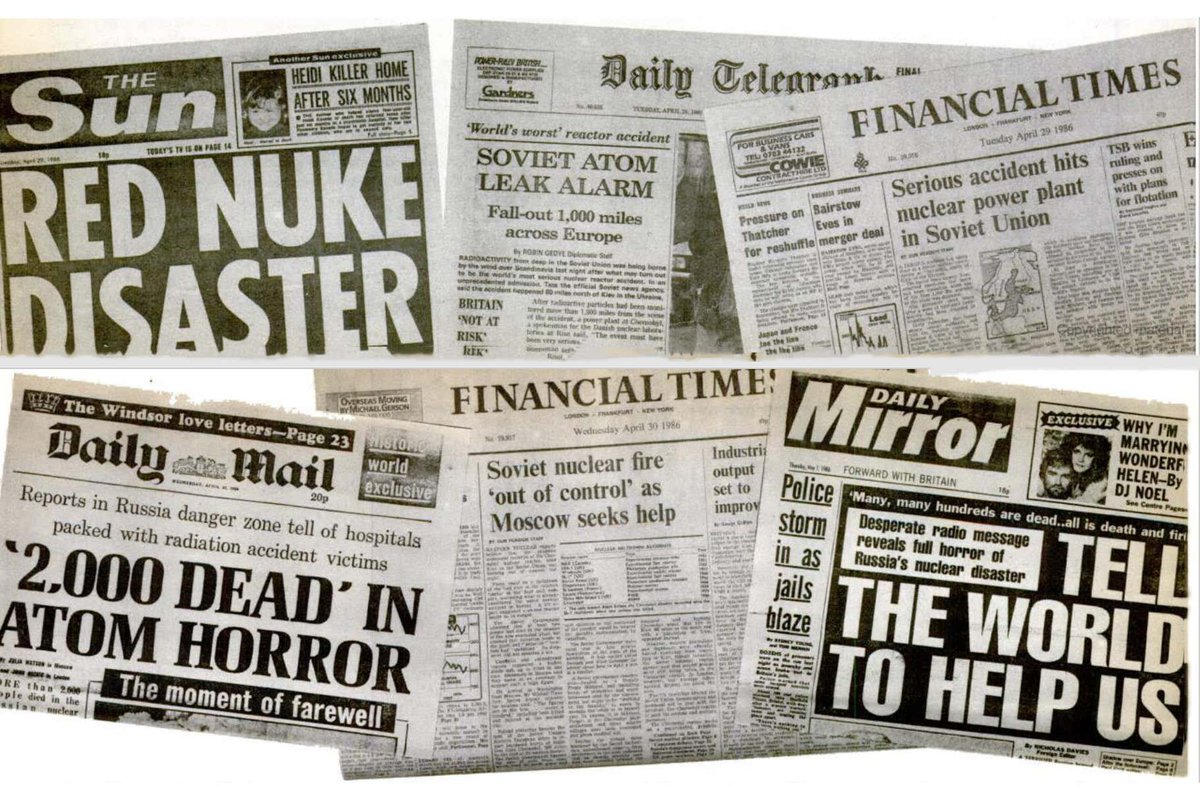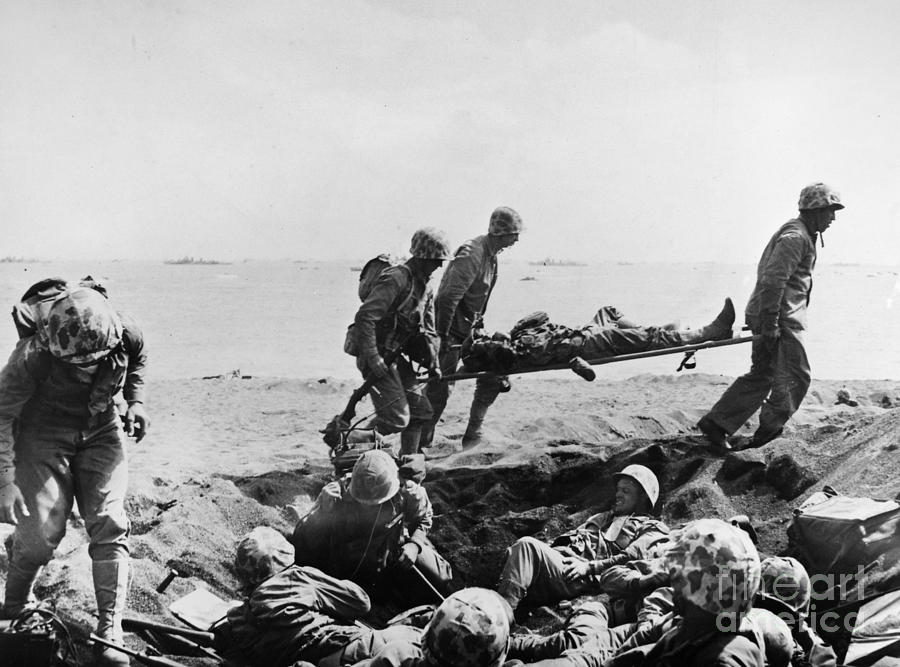
[1 of 6]
30 years ago today, on Day 3 of the Desert Storm Ground War, the 18th Airborne turned its spearhead attack northeast and entered the Euphrates River valley.
It was among the most momentous days of combat in the Corps' post-WWII history.
30 years ago today, on Day 3 of the Desert Storm Ground War, the 18th Airborne turned its spearhead attack northeast and entered the Euphrates River valley.
It was among the most momentous days of combat in the Corps' post-WWII history.

[2 of 6]
The since-deactivated 24th Infantry Division, fighting as the 18th Airborne's heavy armored division, was barreling across open desert as the lead Corps element. Large Iraqi Army units were surrendering en masse. The end of the war was in sight.
The since-deactivated 24th Infantry Division, fighting as the 18th Airborne's heavy armored division, was barreling across open desert as the lead Corps element. Large Iraqi Army units were surrendering en masse. The end of the war was in sight.

[3 of 6]
Then, late morning, the first obstacle on Tuesday, February 26, 1991: an out-of-season "shamal" (a sandstorm caused by a rush of hot, dry wind) kicked up thick clouds of swirling dust that rendered our thermal-imaging equipment completely useless.
Then, late morning, the first obstacle on Tuesday, February 26, 1991: an out-of-season "shamal" (a sandstorm caused by a rush of hot, dry wind) kicked up thick clouds of swirling dust that rendered our thermal-imaging equipment completely useless.
[4 of 6]
Once that cleared up in the afternoon, we had another problem: trucks and tanks were running out of gas.
You see, our fuel tankers were full but our Divisions (24th, 82nd, 101st, and 6th French Armoured) moved so fast in 2 days that these fuel trucks couldn't keep up.
Once that cleared up in the afternoon, we had another problem: trucks and tanks were running out of gas.
You see, our fuel tankers were full but our Divisions (24th, 82nd, 101st, and 6th French Armoured) moved so fast in 2 days that these fuel trucks couldn't keep up.

[5 of 6]
Movement slowed down so fuel tankers could catch up.
No matter, the Iraqi forces were in full retreat and more than 63,000 Iraqi troops were captured.
Movement slowed down so fuel tankers could catch up.
No matter, the Iraqi forces were in full retreat and more than 63,000 Iraqi troops were captured.

[END]
At night, coalition air power blasts away at more than 10,000 Iraqi troops retreating along Highway 8. The destruction, published and broadcast around the world, became some of the most recognized images of the war and earned the grim nickname "Highway of Death."
At night, coalition air power blasts away at more than 10,000 Iraqi troops retreating along Highway 8. The destruction, published and broadcast around the world, became some of the most recognized images of the war and earned the grim nickname "Highway of Death."

• • •
Missing some Tweet in this thread? You can try to
force a refresh



















